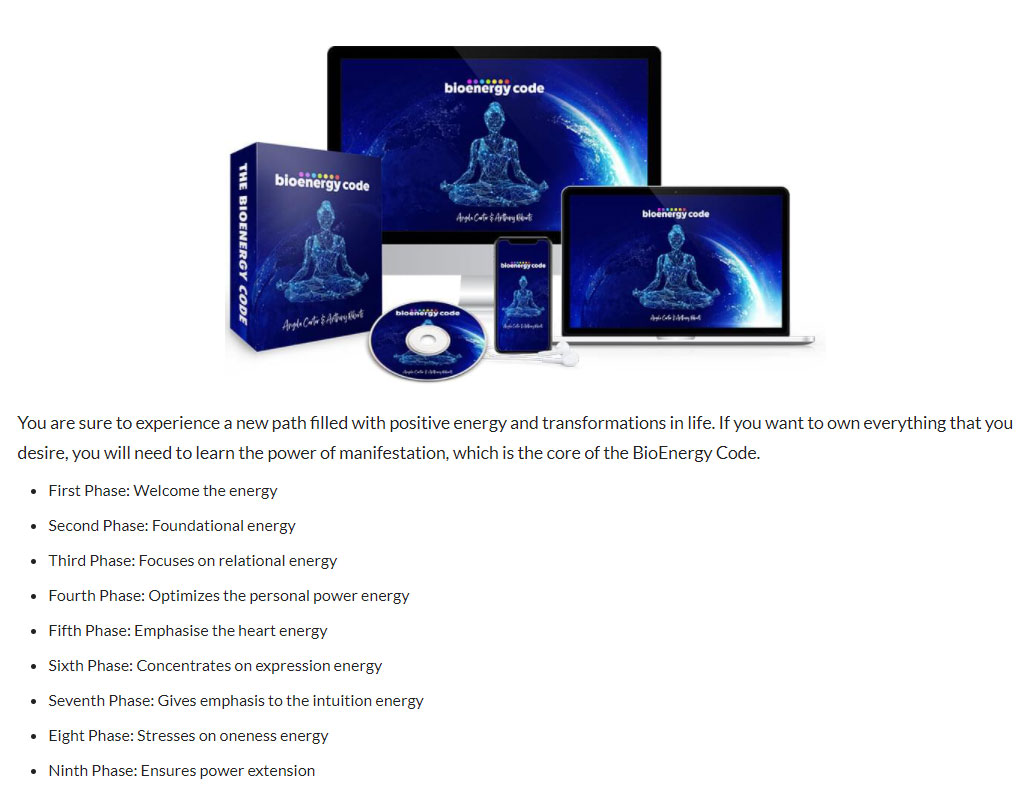Cancer meditation healing
Meditation is a form of therapy for the body and mind. Mind-body therapies are based on the connection between the body and the mind. and how the health of one influences the health of the other.
Meditation is the practice of focusing or focusing attention to increase mental awareness and calm the body and mind. The goal is to become aware of the thoughts that usually occupy your mind or to feel the sensations that inhabit your body and mind.
One of the most important parts of meditation is conscious breathing, which is the awareness of how you breathe. Taking regular, slow, deep and calm breaths helps to relax your body and mind. It is believed that this type of breathing can help lower blood pressure and reduce stress and anxiety.
Many types of meditation have been used in different cultures for thousands of years. The traditional way to meditate is to sit cross-legged on a mattress on the floor, but you can meditate while sitting in a chair or lying down. In walking meditation, you walk slowly through a maze or along a path specially designed for meditation. Other complementary therapies, such as tai chi and yoga, combine voluntary movement and meditation.
Many people try different types of meditation to see what works best with them. You may find it difficult to meditate at first, but most people get better with practice. You can meditate once or twice a day for short periods of 10 or 15 minutes or for longer periods of time.
Some meditation practices have a religious or spiritual aspect, while others do not. You can focus on love or gratitude, or you can reflect on a poem or work of art that you find inspirin
Meditation as a complementary therapy
At this time, there is no evidence that meditation can treat cancer itself. People often use meditation as a way to relax and manage stress and anxiety.
Research has shown that regular meditation can help reduce chronic pain, anxiety and sleep problems. It can also help reduce blood pressure and improve mood in people with cancer.

Side effects and risks of meditation
If you are considering trying meditation, talk to your health care team. Meditation is considered safe for most people. If you have a history of depression or other mental health problems, you should talk to your health care team and your meditation instructor to make sure this therapy is safe for you.
Some people have felt disoriented or anxious after trying meditation. Some people find it uncomfortable to stay in the same position for a long period of time. Others may not be able to sit on the floor or engage in meditation practices that include movement. A meditation instructor can help you find a meditation position or technique that works best for you.
Find a meditation instructor
You can practice meditation on your own or join a group guided by a meditation instructor. The meditation instructor may be a yoga instructor, counselor, psychologist, psychiatrist or other health care professional. Many community centers and yoga studios offer group meditation activities. Your cancer treatment center may organize groups where meditation or mindfulness stress management is practiced.

Cancer makes it difficult to be present and feel involved in what is happening. And for patients who have been diagnosed with advanced cancer or are facing end-of-life issues, their minds can be so full of worry and stress that they struggle to be present and aware of the (limited) time they have.
Fortunately, there has been much progress in the treatment and management of a cancer diagnosis, and patients are finding alternative ways to cope with the physical and emotional challenges that accompany the disease.
The practice of mindfulness meditation in cancer patients
In recent years, more and more people have recognized mindfulness and mindfulness training as a way to decrease stress and increase psychological functioning in cancer patients.
A study conducted in 2011 found that most participants expressed a number of perceived positive effects after participating in the mindfulness program, including :
• increased calm.
• a better quality of sleep.
• more energy.
• less physical pain.
• increased well-being.
These results show that through mindfulness, you may be able to improve your ability to manage life's stresses that affect the body's ability to heal.
Mindfulness is a practice of living life as if it were important, paying attention with kindness and respect to the experience of the present moment, no matter how trivial it may be. A diagnosis of cancer makes one aware of the preciousness of life and mindfulness can help one live this programmed end with more clarity, balance and gratitude, one moment at a time, without paying attention to harmful thoughts.
One of the many benefits of practicing mindfulness is that it can promote healing - physically, emotionally and psychologically. By helping to regulate emotions and allowing a patient to work with the physical pain in the body, mindfulness has helped bring a sense of peace to many people living with cancer.
Mindfulness is not a cure for cancer, but it can certainly contribute to the overall well-being of the body.
Often, meditation helps cancer patients feel more present. Deep breathing and concentration help to relax.
The very word "cancer" can trigger difficult thoughts and painful emotions. If you are like many people who have been diagnosed with cancer, you may have thoughts about the future: thoughts of pain, loss and even end of life. These thoughts can be very stressful and contribute to physical and emotional suffering.
However, it is the relationship to the thought that makes things stressful. Typically, a thought happens and several things can happen: you may believe the thought, struggle to make it go away, or criticize yourself for being pessimistic, among other things. These reactions then cause more suffering.
With mindfulness, you can become more aware of thoughts instead of trying to deny them, run away from them or change them. Informal mindfulness practice can help you breathe, enter the moment and wake up with your thoughts and feelings. It interrupts the reactive pattern and adds a pause between the stimulus (a thought, emotion or feeling) and your reaction to it (believing it, feeling anxious or self-critical), giving you greater freedom to make skillful choices about how to respond.
As you learn to practice mindfulness and become more aware of your thoughts and emotions, alternative responses may emerge from this gentle and loving awareness.
Tips for the practice of mindfulness
1. Practice mindfulness meditation every day.
2. Transform ordinary, repetitive events such as the ringing of the telephone, standing or sitting, stopping in traffic or taking a sip of water to notice the breath and activity of your mind for a few moments.
3. Choose a daily activity to consciously engage in, such as brushing your teeth, taking a shower or walking from the car to the doctor's office.
4. Experience being compassionate and non-judgmental when you are reminded of your limits.
5. Acknowledge a difficult moment by putting your hand on your heart and saying, "This is a time of pain. How can I be kind to myself? »
6. When you're in a hurry, ask yourself, "Do I really need to hurry? »
7. Try to welcome your emotions as they come in, instead of pushing them away.
When you practice mindfulness, you can notice the ever-changing nature of your experience.
Body sensations, thoughts and emotions change all the time, perhaps subtly, but they change. This awareness of impermanence can help you more easily accept what is in the present moment. With practice, noticing impermanence can help you cherish your life and all its ups and downs, moment by moment.


